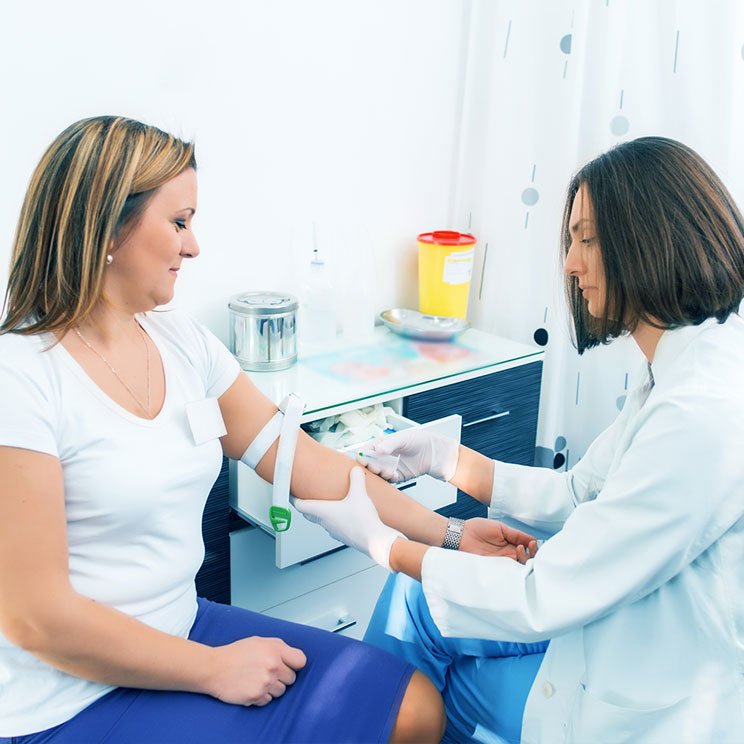**Title: The Ultimate Guide to Phlebotomy: What Does a Phlebotomist Do?**
**Introduction:**
Phlebotomy is a crucial aspect of healthcare that involves the drawing of blood for various medical purposes, such as diagnostic testing, blood transfusions, research, and more. Phlebotomists are skilled professionals trained to perform this procedure safely and efficiently. In this comprehensive guide, we will explore what exactly a phlebotomist does, the required qualifications, skills, and the importance of their role in the healthcare industry.
**What Does a Phlebotomist Do?**
Phlebotomists are responsible for performing venipuncture, the process of puncturing a vein to draw blood. Their duties include:
1. **Patient Interaction:** Phlebotomists must have excellent communication skills to calm anxious patients, explain the procedure, and answer any questions.
2. **Identifying Patients:** Ensuring that they are drawing blood from the correct patient to prevent any errors.
3. **Venipuncture Procedure:** Using proper techniques to draw blood safely and efficiently.
4. **Labeling Samples:** Accurately labeling blood samples to ensure proper identification for testing.
5. **Handling Specimens:** Properly storing and transporting blood specimens to the laboratory for analysis.
6. **Maintaining Records:** Keeping detailed records of blood draws and patient information.
**Qualifications and Training:**
To become a phlebotomist, individuals typically need a high school diploma or GED. They will then need to complete a phlebotomy training program, which can range from a few weeks to several months. Some states require phlebotomists to be certified, which can be obtained through organizations like the National Healthcareer Association (NHA) or the American Society for Clinical Pathology (ASCP).
**Skills Required:**
Phlebotomists must possess a unique set of skills to excel in their role. Some essential skills include:
– Attention to detail
– Strong communication skills
– Knowledge of anatomy and phlebotomy procedures
– Ability to handle blood specimens safely
– Empathy and compassion for patients
**Benefits of Being a Phlebotomist:**
Working as a phlebotomist can be a rewarding career choice for many reasons. Some benefits include:
– Job stability and growth opportunities in the healthcare industry
– Fulfilling the crucial role of helping patients receive proper medical care
– Flexibility in work settings, such as hospitals, clinics, and laboratories
- Competitive salary and benefits for trained and certified phlebotomists
**Practical Tips for Phlebotomists:**
1. Always double-check patient information before drawing blood.
2. Maintain a clean and organized workspace to prevent contamination.
3. Practice good bedside manner to help patients feel comfortable.
**Conclusion:**
phlebotomists play a vital role in the healthcare system by ensuring that blood samples are collected accurately and safely for medical testing. Their duties require a combination of technical skills and interpersonal communication abilities to provide quality care to patients. If you are considering a career in phlebotomy, be sure to obtain the necessary training and certifications to excel in this rewarding profession.
By following this ultimate guide to phlebotomy, you can gain a better understanding of what it takes to become a successful phlebotomist and make a positive impact in the field of healthcare.
Remember, phlebotomy is not just about drawing blood; it’s about making a difference in people’s lives through your skill and compassion.
